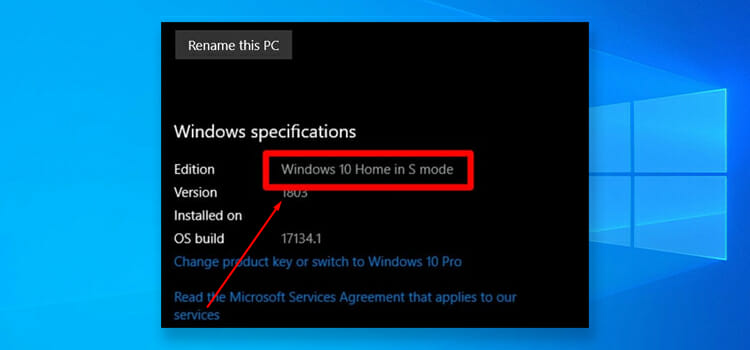The Main Types of Computer Software
Though it’s a part of daily life, have you ever wondered how technology works? The software powering computers and mobile devices is concealed behind them. Software that interacts with hardware to put it into action. Internet-centric programming is the norm today. Are websites and web applications the only kinds of product content solutions? This article introduces many different types of software. Please continue reading to find out more and understand it better.

How Do You Explain This Term?
Software is an organized enrolment of information that commands a PC or other electronic gadget on how to operate and carry out actual activities. On the other hand, hardware is the primary system and parts that do the work. For instance, Indeema Software offers cutting-edge and excellent technical services to meet our clients’ IoT development needs.
How is Software Used?
How does software function exactly? It is simply another name for a computer layout because it is an enrolment of information that instructs a gadget on how to operate.
These instructions are expressed in computer-readable code.
Logic and the idea of input > process > output are the foundational elements of all programs.
The program requires input, or information, to function. Consider pressing a phone button. Then, based on a set of rules, it poses a series of questions. Should the button, for instance, cancel an order or print an invoice?
The results are known as the output. The invoice emerges from the tray as your printer fires up.
Classification of Computer Software
The package is typically divided into two broad categories: system and application solution.
System Software
The system package facilitates the pipeline and operation between hardware and a person. The digital solution operates based on how PC hardware runs to provide people with the essential capability they need. The system package stands as a conciliator or core stock between a person and hardware, in essence. These PC programs authorize an effective entourage or portal for other digital solutions. A system package is needed for PC operation, which includes the operational environment when the system is switched on. Initiated and stored in the memory, the operating system is then not accessible or used by users. The operational environment can also be described as “low-level software” in this situation.
Patterns of generic system software consist of:
- Operating System: It was originally called One of the Most Famous Functions of the Account and now offers other therapy from which it may access its basic facilities. With the exception of each Operating System that is different, they share a Graphical User Interface that will permit users to run files and directories and execute various tasks. OS is unique in delivering the demanded functionality of a device. Users often prefer to use a single OS for their devices, as OS necessitates how a user interacts with a machine. Real-time, embedded, distributed, multi-user, single-user, web-based, mobile, and other OSs are some of the popular choices. Before you make a choice according to an OS (Mac OS, Microsoft Windows), consider whether the specs of your hardware system are met.
- An example that is sometimes known as the content solution is the device driver that regulates spare tires, displays, sound cards, printers, mice, and hard drives. Plugging in the target furthest from your system and looking for a drive is a step down from the CD-ROM or Optical Drive drivers usually used for laptop and notebook computers. Kernel device drivers and user device drivers are two different gadgets that convey culminations for software.
- A read-write memory contains constantly changing data called firmware. It is a set of information that stays unaltered on physical hardware. Knowing its data helps distinguish the hardware differently from other devices. Because it’s accessible only through firmware updates, firmware can be thought of as “semipermanent” (BIOS, Computer Peripherals).
Application Software
Application package, often called an end-user package or productivity digital solution assists users in completing tasks including conducting online research, taking notes, setting alarms, creating images, maintaining account logs, performing computations, or even playing games. They are located over the operating system. They are utilized by an end-user, have special options or tasks, and carry out the intended function, in contrast to the system package. A browser is a program made just for browsing the internet, whereas MS Powerpoint is a program used only for creating presentations. Application solution, often known as apps, is also referred to as non-essential packages because their necessity is highly debatable, and their removal has no adverse effects on the system’s operation. Each smartphone app we use is an example of an application content solution. Packages like Meteor and Flutter are specifically designed for building apps. These are also illustrations of app content solutions.
Different Kinds of Application Packages Exist, Including:
- Word processors: These are package programs for writing documents. Additionally, it helps with formatting, printing, and storing these papers (Google Docs, MS Word).
- Software for managing databases is known as a database package. It is also referred to as the DBMS or Database Management System. They administer data organizing (Clipper, dBase).
- The package that may play, create, or record images, audio, or video files is referred to as a multimedia content solution. They are engaged in creating graphics, animation, and edited videos (Adobe Photoshop, Inkscape).
Not all types of Software have been mentioned, but we think you have got the point. Have a nice day, dear reader!
Subscribe to our newsletter
& plug into
the world of technology





